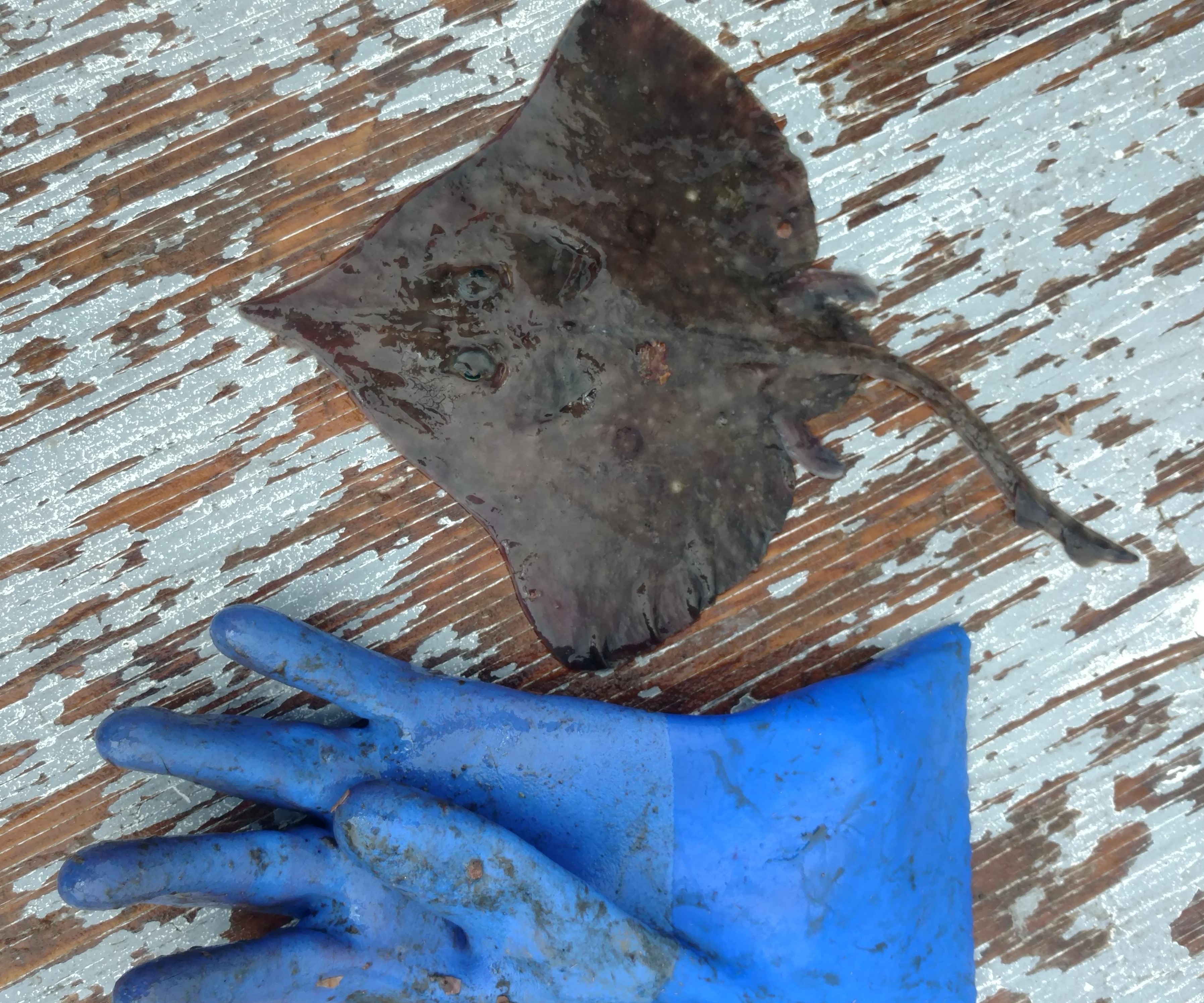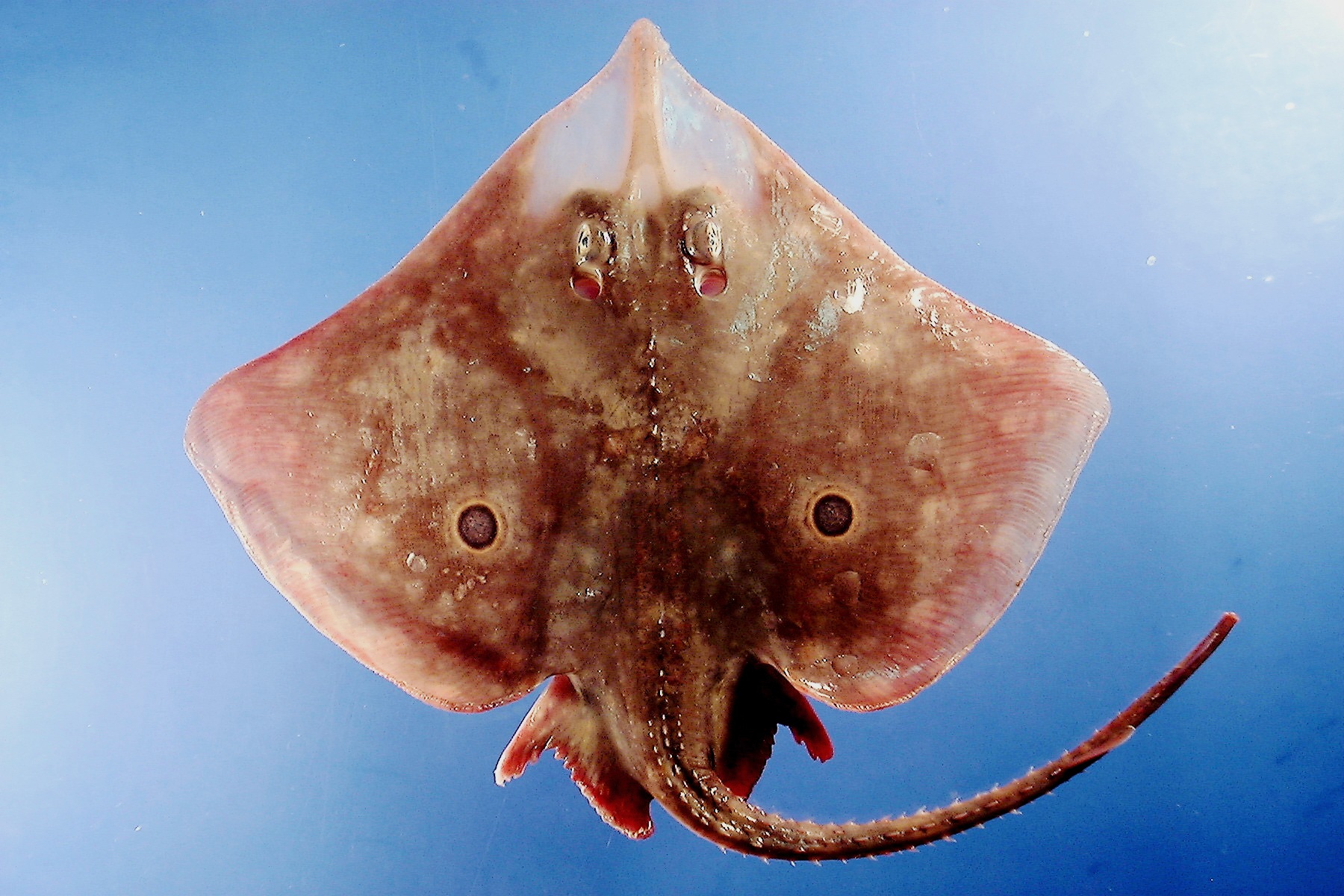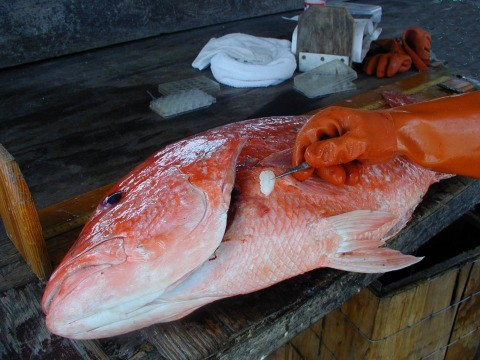|
Beringraja Rhina
''Beringraja rhina'', commonly known as the longnose skate, is a species of skate in the family Rajidae from the northeast Pacific. It is found from the eastern Bering Sea and Alaska to Baja California and the Gulf of California. The longnose skate is found at depths of and often deeper than the big skate. The longnose skate has only recently been associated with the genus ''Beringraja'', having been previously included in ''Raja'' until genetic evidence supported reclassification.Last, P. R., S. Weigmann and L. Yang 2016. Changes to the nomenclature of the skates (Chondrichthyes: Rajiformes). In: Last and Yearsley (eds.). Rays of the World: Supplementary Information. CSIRO Special Publication. 11-34. This issue has not be completely resolved and the scientific name "''Raja rhina''" is still in widespread use. Description The longnose skate has an elongated snout and deeply notched pelvic fins. Maximum size has been reported as in length. Maximum age has been estimated a ... [...More Info...] [...Related Items...] OR: [Wikipedia] [Google] [Baidu] |
Santa Cruz Island
Santa Cruz Island ( Spanish: ''Isla Santa Cruz'', Chumash: ''Limuw'') is located off the southwestern coast of Ventura, California, United States. It is the largest island in California and largest of the eight islands in the Channel Islands archipelago and Channel Islands National Park. Forming part of the northern group of the Channel Islands, Santa Cruz is long and wide with an area of . The island's coastline has steep cliffs, large sea caves, coves, and sandy beaches. The highest point is Devils Peak, at over . A central valley splits the island along the Santa Cruz Island Fault, with volcanic rock on the north and older sedimentary rock on the south. This volcanic rock was heavily fractured during an uplift phase that formed the island, and over a hundred large sea caves have been carved into the resulting faults. The largest of these is Painted Cave, among the world's largest. The island is part of Santa Barbara County, California. The 2000 census showed a popul ... [...More Info...] [...Related Items...] OR: [Wikipedia] [Google] [Baidu] |
Raja (fish)
''Raja'', also known as ''raia'', is a genus of skates in the family Rajidae containing 16 species. Formerly a wastebasket genus, many species historically placed here have been moved to other genera in the family, such as ''Amblyraja'', ''Beringraja'', '' Dipturus'', ''Leucoraja'' and ''Rostroraja''. ''Raja'' are flat-bodied, cartilaginous fish with a rhombic shapes due to their large pectoral fins extending from or nearly from the snouts to the bases of their tails. Their sharp snouts are produced by a cranial projection of rostral cartilage. The mouth and gills are located on underside of the body. They may be either solid-coloured or patterned, and most skates have spiny or thorn-like structures on the upper surface, and some species contain weak electrical organs within their tails. Mating typically occurs in the spring and the female lays numerous eggs per clutch which are encapsulated in leathery cases, commonly known as " mermaid’s purses". Species vary in size, ranging ... [...More Info...] [...Related Items...] OR: [Wikipedia] [Google] [Baidu] |
Rajiformes
Rajiformes is one of the four orders in the superorder Batoidea, flattened cartilaginous fishes related to sharks. Rajiforms are distinguished by the presence of greatly enlarged pectoral fins, which reach as far forward as the sides of the head, with a generally flattened body. The undulatory pectoral fin motion diagnostic to this taxon is known as rajiform locomotion. The eyes and spiracles are located on the upper surface of the head and the gill slits are on the underside of the body. Most species give birth to live young, although some lay eggs enclosed in a horny capsule ("mermaid's purse"). Characteristics Rajoids typically have a dorsoventrally flattened body. The snout is slender and pointed and the wide mouth, often covered with a fleshy nasal flap, is on the underside of the head. The eyes and well-developed spiracles are located on the top of the head. In most species, the spiracles are large and are the main means of drawing water in for respiration. There is no ... [...More Info...] [...Related Items...] OR: [Wikipedia] [Google] [Baidu] |
Bomb Pulse
The bomb pulse is the sudden increase of carbon-14 (14C) in the Atmosphere of Earth, Earth's atmosphere due to the hundreds of aboveground Nuclear weapons testing, nuclear bombs tests that started in 1945 and intensified after 1950 until 1963, when the Limited Test Ban Treaty was signed by the United States, the Soviet Union and the United Kingdom. These hundreds of blasts were followed by a doubling of the relative concentration of 14C in the atmosphere. We discuss “relative concentration”, because measurements of 14C levels by mass spectrometers are most accurately made by comparison to another carbon isotope, often the common isotope 12C. Isotope abundance ratios are not only more easily measured, they are what 14C carbon daters want, since it is the fraction of carbon in a sample that is 14C, not the absolute concentration, that is of interest in dating measurements. The figure shows how the fraction of carbon in the atmosphere that is 14C, of order only a part per trillion ... [...More Info...] [...Related Items...] OR: [Wikipedia] [Google] [Baidu] |
Vertebra
The spinal column, a defining synapomorphy shared by nearly all vertebrates, Hagfish are believed to have secondarily lost their spinal column is a moderately flexible series of vertebrae (singular vertebra), each constituting a characteristic irregular bone whose complex structure is composed primarily of bone, and secondarily of hyaline cartilage. They show variation in the proportion contributed by these two tissue types; such variations correlate on one hand with the cerebral/caudal rank (i.e., location within the backbone), and on the other with phylogenetic differences among the vertebrate taxa. The basic configuration of a vertebra varies, but the bone is its ''body'', with the central part of the body constituting the ''centrum''. The upper (closer to) and lower (further from), respectively, the cranium and its central nervous system surfaces of the vertebra body support attachment to the intervertebral discs. The posterior part of a vertebra forms a vertebral ... [...More Info...] [...Related Items...] OR: [Wikipedia] [Google] [Baidu] |
Age Determination In Fish
Knowledge of fish age characteristics is necessary for stock assessments, and to develop management or conservation plans. Size is generally associated with age; however, there are variations in size at any particular age for most fish species making it difficult to estimate one from the other with precision.Helfman et al 1997 Therefore, researchers interested in determining a fish age look for structures which increase incrementally with age. The most commonly used techniques involve counting natural growth rings on the scales, otoliths, vertebrae, fin spines, eye lenses, teeth, or bones of the jaw, pectoral girdle, and opercular series. Even reliable aging techniques may vary among species; often, several different bony structures are compared among a population in order to determine the most accurate method. History Aristotle (ca. 340 B.C.) may have been the first scientist to speculate on the use of hard parts of fishes to determine age, stating in ''Historica Animalium'' ... [...More Info...] [...Related Items...] OR: [Wikipedia] [Google] [Baidu] |
British Columbia
British Columbia (commonly abbreviated as BC) is the westernmost Provinces and territories of Canada, province of Canada, situated between the Pacific Ocean and the Rocky Mountains. It has a diverse geography, with rugged landscapes that include rocky coastlines, sandy beaches, forests, lakes, mountains, inland deserts and grassy plains, and borders the province of Alberta to the east and the Yukon and Northwest Territories to the north. With an estimated population of 5.3million as of 2022, it is Canada's Population of Canada by province and territory, third-most populous province. The capital of British Columbia is Victoria, British Columbia, Victoria and its largest city is Vancouver. Vancouver is List of census metropolitan areas and agglomerations in Canada, the third-largest metropolitan area in Canada; the 2021 Canadian census, 2021 census recorded 2.6million people in Metro Vancouver Regional District, Metro Vancouver. The First Nations in Canada, first known human inhabi ... [...More Info...] [...Related Items...] OR: [Wikipedia] [Google] [Baidu] |
Gulf Of Alaska
The Gulf of Alaska (Tlingit: ''Yéil T'ooch’'') is an arm of the Pacific Ocean defined by the curve of the southern coast of Alaska, stretching from the Alaska Peninsula and Kodiak Island in the west to the Alexander Archipelago in the east, where Glacier Bay and the Inside Passage are found. The Gulf shoreline is a combination of forest, mountain and a number of tidewater glaciers. Alaska's largest glaciers, the Malaspina Glacier and Bering Glacier, spill out onto the coastal line along the Gulf of Alaska. The coast is heavily indented with Cook Inlet and Prince William Sound, the two largest connected bodies of water. It includes Yakutat Bay and Cross Sound. Lituya Bay (a fjord north of Cross Sound, and south of Mount Fairweather) is the site of the largest recorded tsunami in history. It serves as a sheltered anchorage for fishing boats. Ecology The Gulf of Alaska is considered a Class I, productive ecosystem with more than 300 grams of carbon per square met ... [...More Info...] [...Related Items...] OR: [Wikipedia] [Google] [Baidu] |
Longnose Skate
Longnose skate can refer to several species of rays (fish): * '' Beringraja rhina'', from the northeast Pacific * '' Dentiraja confusa'', found off southeastern Australia * '' Dipturus oxyrinchus'', from the northeast Atlantic and Mediterranean {{Animal common name ... [...More Info...] [...Related Items...] OR: [Wikipedia] [Google] [Baidu] |
Genetics
Genetics is the study of genes, genetic variation, and heredity in organisms.Hartl D, Jones E (2005) It is an important branch in biology because heredity is vital to organisms' evolution. Gregor Mendel, a Moravian Augustinian friar working in the 19th century in Brno, was the first to study genetics scientifically. Mendel studied "trait inheritance", patterns in the way traits are handed down from parents to offspring over time. He observed that organisms (pea plants) inherit traits by way of discrete "units of inheritance". This term, still used today, is a somewhat ambiguous definition of what is referred to as a gene. Trait inheritance and molecular inheritance mechanisms of genes are still primary principles of genetics in the 21st century, but modern genetics has expanded to study the function and behavior of genes. Gene structure and function, variation, and distribution are studied within the context of the cell, the organism (e.g. dominance), and within the con ... [...More Info...] [...Related Items...] OR: [Wikipedia] [Google] [Baidu] |
Beringraja
''Beringraja'' is a genus of skates in the family Rajidae with up to six described species. Formerly, they were included in the genus '' Raja'' until 2012, when the genus ''Beringraja'' was erected for the two species which had multiple embryos per egg capsule. Genetic evidence has led to four additional species being proposed for inclusion in the genus, although this issue has not be completely resolved.Last, P. R., S. Weigmann and L. Yang 2016. Changes to the nomenclature of the skates (Chondrichthyes: Rajiformes). In: Last and Yearsley (eds.). Rays of the World: Supplementary Information. CSIRO Special Publication. 11-34. These large skates are found in the North Pacific. Species Up to six species are in the genus: * Big skate (''B. binoculata'') * Cortez' ray (''B. cortezensis'') * California ray (''B. inornata'') * Longnose skate (''B. rhina'') * Mottled skate (''B. pulchra'') * Starry skate ''Raja stellulata'', commonly known as the Pacific starry skate, roc ... [...More Info...] [...Related Items...] OR: [Wikipedia] [Google] [Baidu] |
David Starr Jordan
David Starr Jordan (January 19, 1851 – September 19, 1931) was the founding president of Stanford University, serving from 1891 to 1913. He was an ichthyologist during his research career. Prior to serving as president of Stanford University, he had served as president of Indiana University from 1884 to 1891. Starr was also a strong supporter of eugenics, and his published views expressed a fear of "race-degeneration" and asserted that cattle and human beings are "governed by the same laws of selection". He was an antimilitarist since he believed that war killed off the best members of the gene pool, and he initially opposed American involvement in World War I. Early life and career Jordan was born in Gainesville, New York, and grew up on a farm in upstate New York. His parents made the unorthodox decision to educate him at a local girls' high school. His middle name, Starr, does not appear in early census records, and was apparently self-selected; he had begun using ... [...More Info...] [...Related Items...] OR: [Wikipedia] [Google] [Baidu] |






